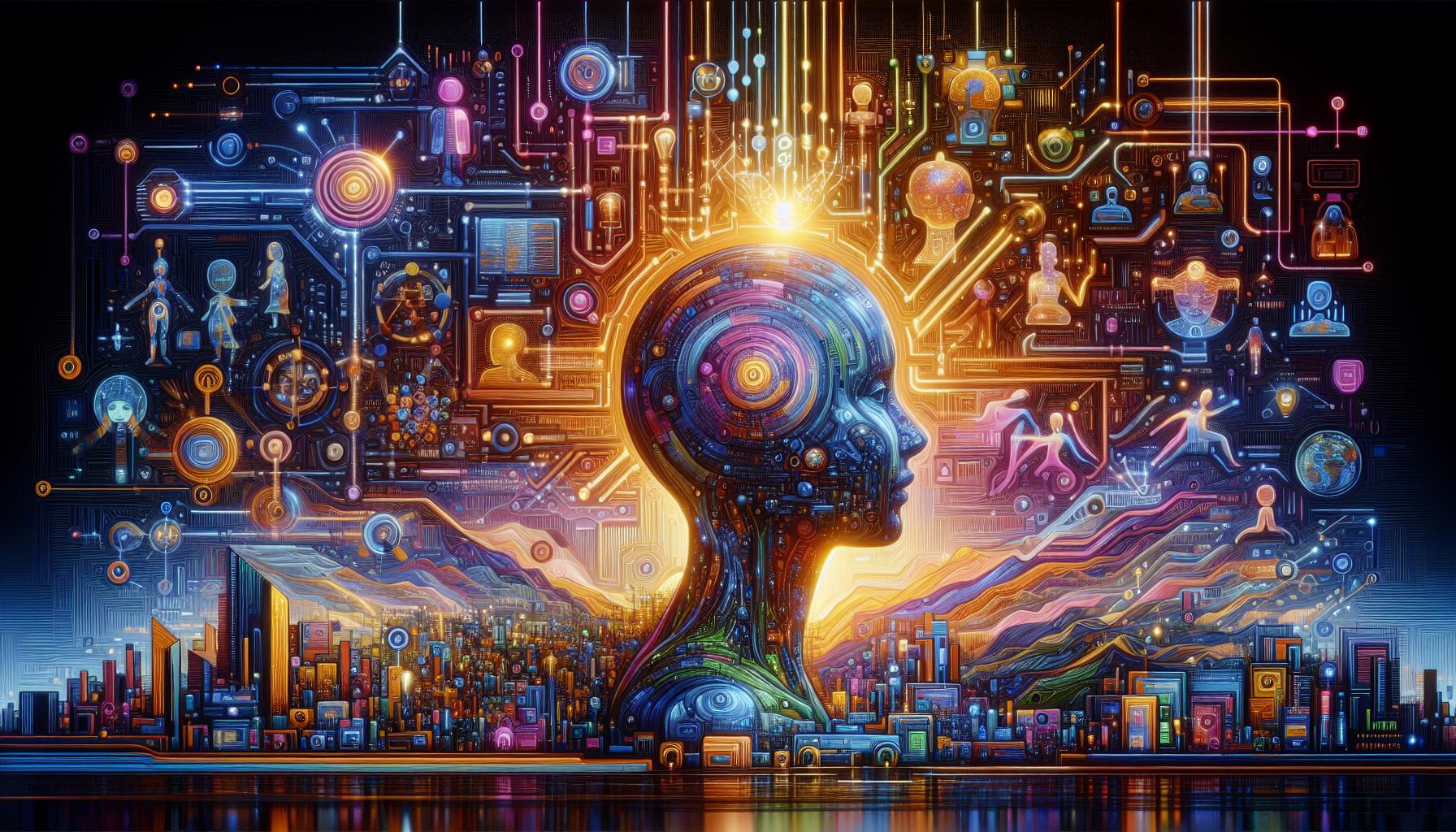Artificial intelligence (AI) has seen exponential growth in various sectors globally. Its applications span from household devices and customer service chatbots to more complex systems in healthcare and finance. This widespread adoption has raised questions about just how many people are actively using AI technologies in their daily lives.
The rise of AI is significantly attributed to advancements in algorithms, machine learning, and data processing capabilities. As these technologies become more accessible, they are being integrated into numerous products and services, making AI a pervasive part of modern life. But quantifying the exact number of users remains a challenging task due to the diverse nature of AI applications and the varying degrees of user interaction.
AI in Everyday Life
Many people engage with AI without even realizing it. Smartphones, for instance, come equipped with voice assistants like Siri and Google Assistant, which rely on sophisticated AI algorithms to understand and respond to user queries. Similarly, streaming services like Netflix and Spotify use AI to recommend content, while e-commerce platforms utilize AI for personalized shopping experiences.
Moreover, AI is employed in more subtle ways, such as fraud detection systems in banking, predictive text in messaging apps, and even traffic management systems in smart cities. These applications highlight the ubiquitous nature of AI, suggesting that a significant portion of the global population interacts with AI on a daily basis, even if they are not consciously aware of it.
Quantifying AI Users
Estimating the number of AI users involves looking at both direct and indirect interactions. Direct interactions include users who consciously engage with AI-powered devices and applications, like using a voice assistant or interacting with a chatbot. Indirect usage encompasses those who benefit from AI-enhanced services without direct interaction, such as receiving personalized recommendations or having their bank transactions monitored for fraud.
Surveys and studies indicate that billions of people interact with AI in some capacity. For example, as of 2021, there were over 3 billion smartphone users worldwide, a large percentage of whom use AI-driven features daily. Additionally, AI-powered services on social media platforms, streaming services, and online shopping sites reach billions of users globally.
Challenges in Measuring AI Usage
One of the main challenges in determining the exact number of AI users is the seamless integration of AI into various technologies, making it hard to isolate AI-specific usage. Furthermore, many AI applications run in the background, providing services without requiring active user engagement, thus complicating the measurement process.
Another challenge is the varying levels of AI sophistication across different applications. While some AI systems are highly advanced, offering near-human capabilities, others are simpler, performing basic tasks. This variation makes it difficult to categorize and count users consistently. Additionally, privacy concerns and the diverse geographical distribution of AI technology further complicate data collection and analysis.
Conclusion
In conclusion, while it’s challenging to pinpoint the exact number of AI users worldwide, it’s reasonable to estimate that billions of people interact with AI technologies daily, both directly and indirectly. As AI continues to evolve and integrate into more aspects of daily life, the number of users is expected to grow even further.
Understanding the scope of AI usage is crucial for developing better AI systems and addressing the ethical and societal impacts of this technology. Continued research and data collection efforts are essential to provide more accurate insights into global AI adoption and usage patterns.
Summary
- AI applications are widely used across various sectors, making it challenging to quantify exact user numbers.
- Billions of people interact with AI technologies daily, both consciously and unconsciously.
- Direct AI interactions include voice assistants and chatbots, while indirect interactions involve personalized services.
- Challenges in measuring AI usage include the seamless integration of AI and varying levels of AI sophistication.
- Understanding AI usage patterns is essential for better AI development and addressing ethical concerns.
